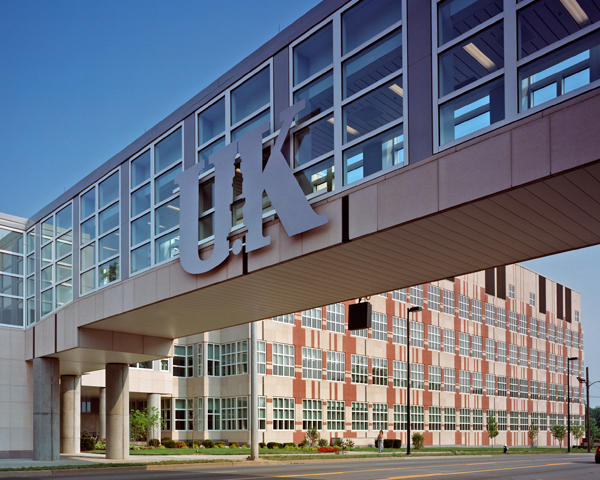State legislators in Kentucky are the latest lining up to attack higher education and gut the protections of tenure. A late addition to the Kentucky Senate’s budget legislation would allow public universities to dismiss tenured faculty due to program changes or elimination. Following other tenure attacks in Wisconsin and Tennessee, we see a clear assault on tenure. In today’s post, I want to address the problems with the Kentucky proposal and why we need tenure in higher education.

Chris McDaniel, a Republican State Senator, claims that his proposal keeps academic freedom by only allowing tenure dismissals in the case of program changes.
McDaniel also claims that university presidents supported his proposal, yet he refused to name who he discussed it with and no one would publicly support the proposal.
Needless to say, I am dubious if McDaniel spoke to anyone other than the usual think tanks and ideologues who have been trying to gut tenure across the county.





